Exploring Different Types of Models
The world of modeling is as vast and varied as the global population it seeks to represent. In the fashion industry and beyond, models play a crucial role in showcasing diverse beauty, talent, and styles. From the classic runway model to the rising influence of niche categories, this exploration delves into the different types of models that contribute to the multifaceted landscape of the modeling industry.
Runway Models
Runway models, often synonymous with high fashion, are the iconic figures who grace the catwalk during fashion shows. These models showcase the latest collections from renowned designers, embodying the vision and aesthetic of the brand. Known for their statuesque figures, distinctive walks, and the ability to carry off cutting-edge designs, runway models set the tone for fashion trends and captivate audiences with their presence on the runway.
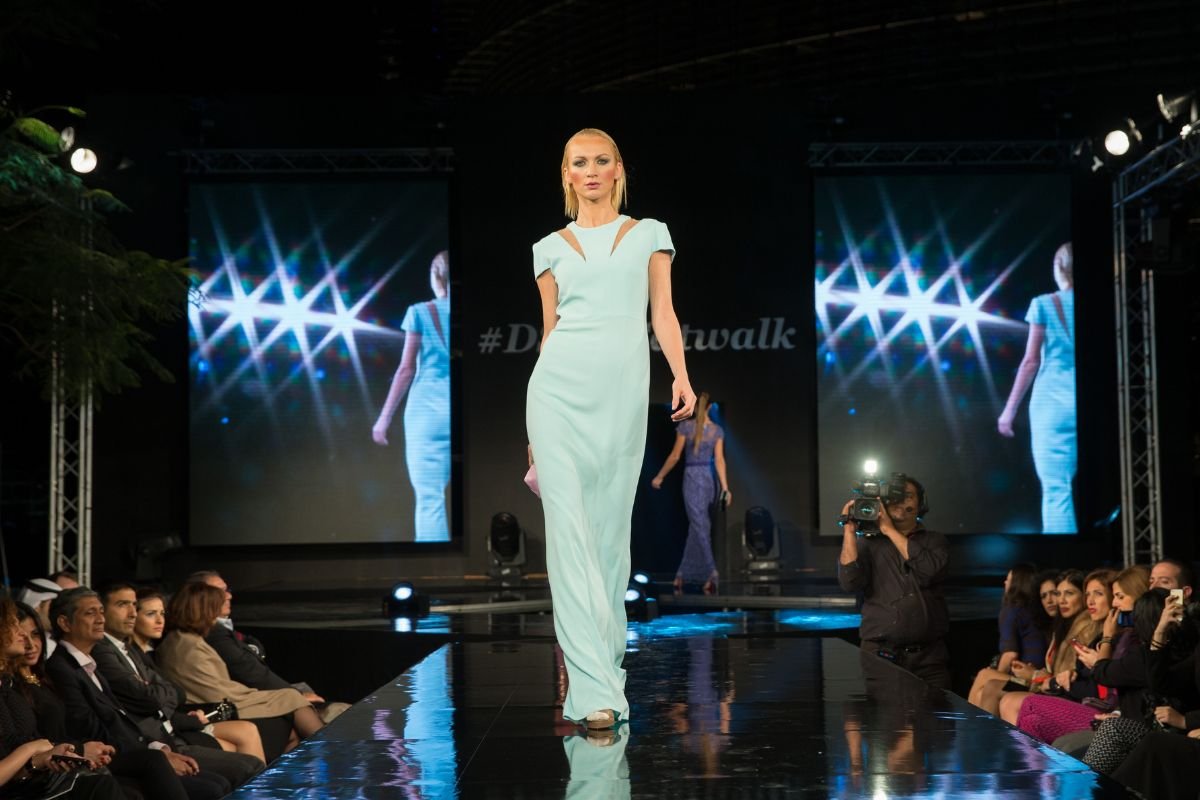
Fashion Editorial Models
Fashion editorial models are the faces that grace the glossy pages of fashion magazines and editorial shoots. These models collaborate with photographers, stylists, and makeup artists to bring fashion editorials to life. With an emphasis on storytelling through visuals, fashion editorial models convey a range of emotions and styles, often pushing creative boundaries and contributing to the artistic narrative of the fashion world.
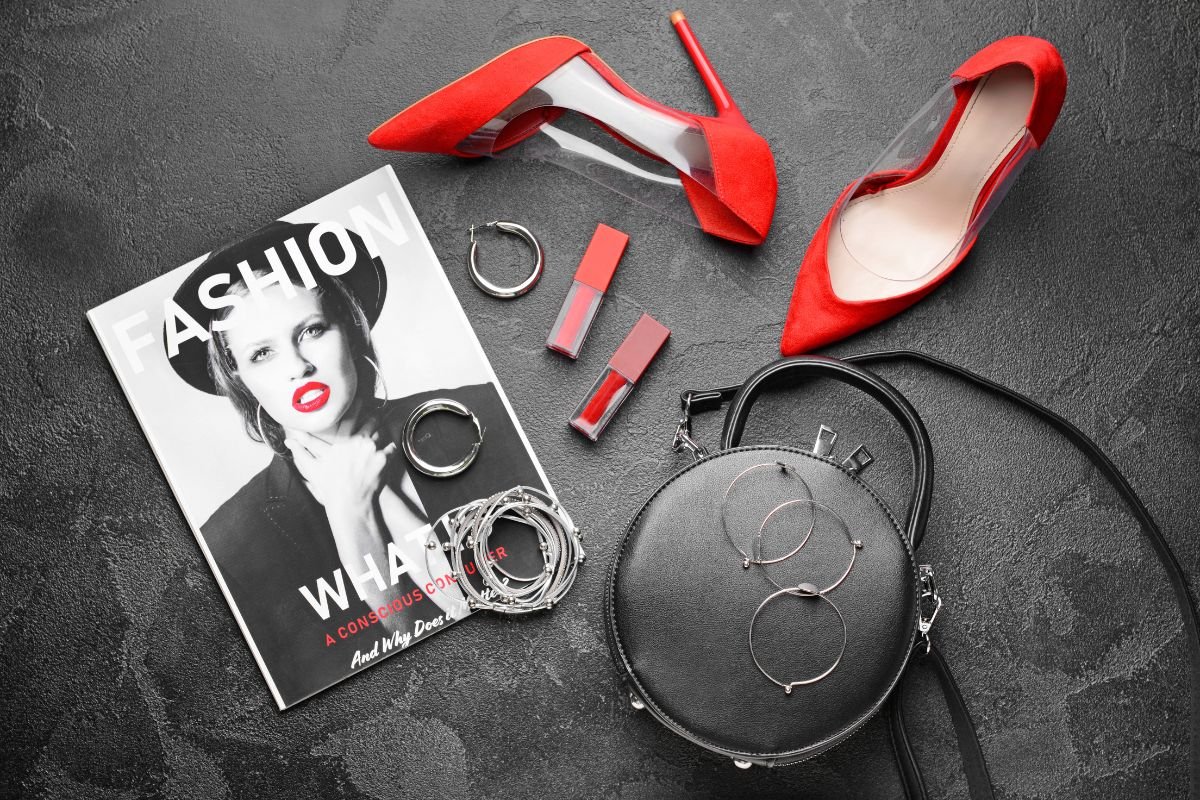
Commercial Models
Commercial models are the relatable faces seen in advertisements, catalogs, and promotional campaigns. Unlike the exclusive realm of high fashion, commercial models represent a broader spectrum of ages, sizes, and ethnicities. These models are chosen for their approachable and friendly appeal, as they aim to connect with a wide audience and promote products ranging from clothing and beauty items to everyday consumer goods.
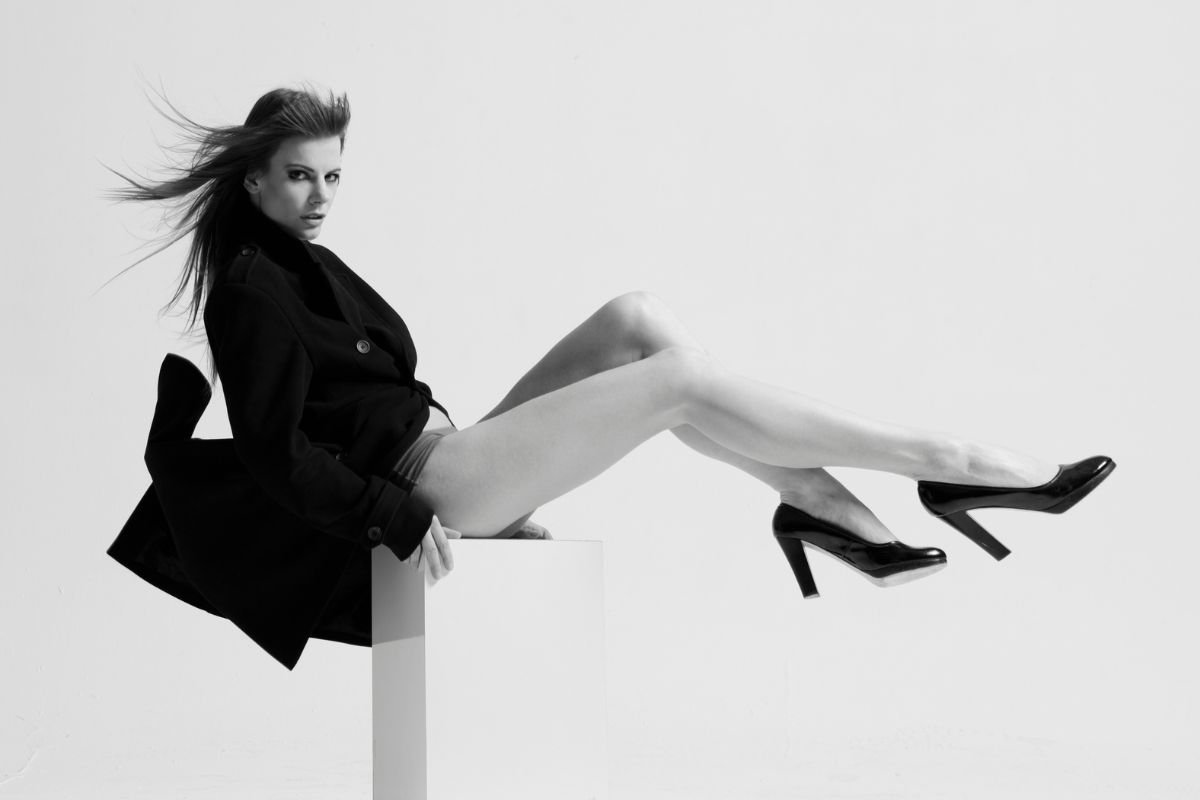
Fitness Models
Fitness models focus on showcasing a healthy and athletic physique. They often work with brands related to sports, activewear, fitness equipment, and health and wellness products. Fitness models exude strength, discipline, and dedication, serving as inspirations for individuals pursuing a healthy and active lifestyle. Their portfolios may include images from workout sessions, athletic poses, and promotional content for fitness-related brands.
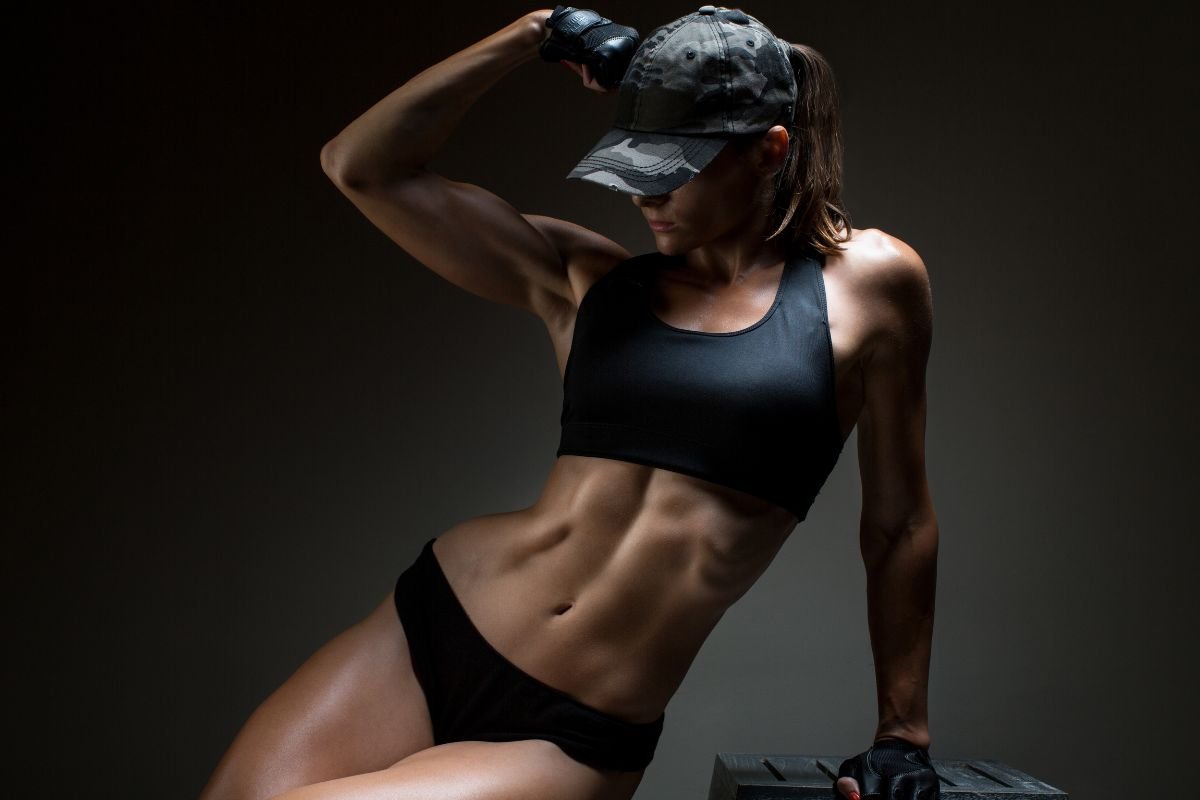
Plus-Size Models
Plus-size models challenge traditional beauty standards by representing a diverse range of body sizes and shapes. These models promote body positivity and inclusivity in the fashion industry. Plus-size models work in various sectors, including fashion campaigns, runway shows, and editorial shoots, contributing to the movement towards greater representation of diverse body types in mainstream media.
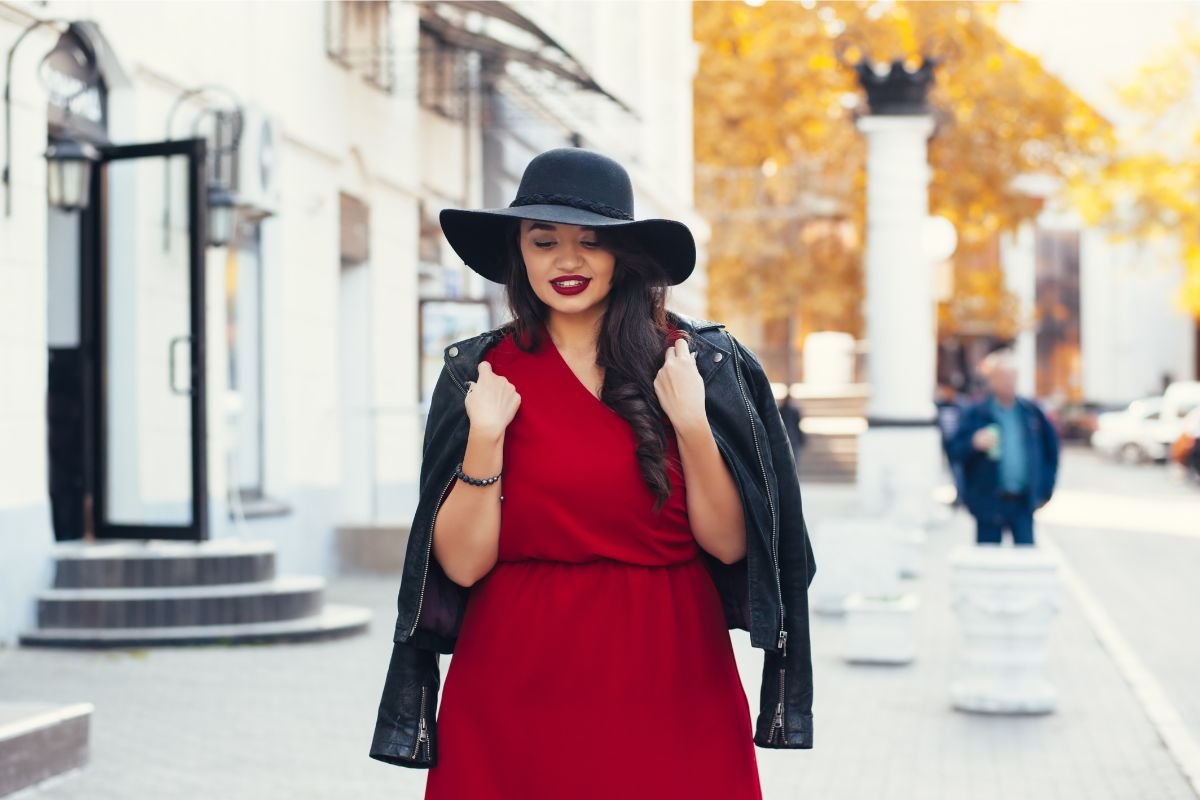
Petite Models
Petite models, characterized by their shorter stature, represent a niche category that caters to the fashion industry's demand for diversity. These models excel in various areas, including commercial modeling, petite fashion lines, and advertisements specifically targeting a petite demographic. Their presence emphasizes that beauty and style are not confined to a specific height range.
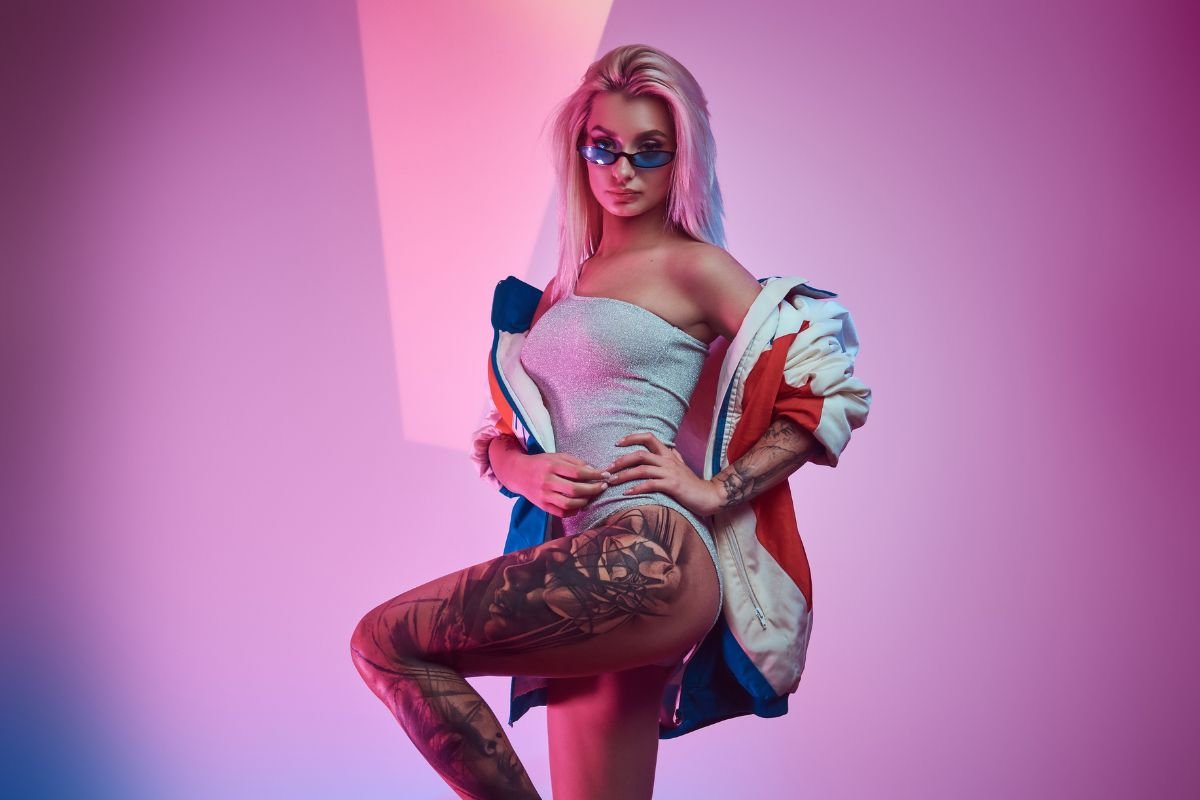
Glamour Models
Glamour models focus on projects that emphasize sensuality, beauty, and allure. While often associated with swimsuits and lingerie shoots, glamour models also work in beauty campaigns, pin-up photography, and other projects that highlight their captivating presence. Their work is known for its emphasis on confidence and the celebration of feminine allure.
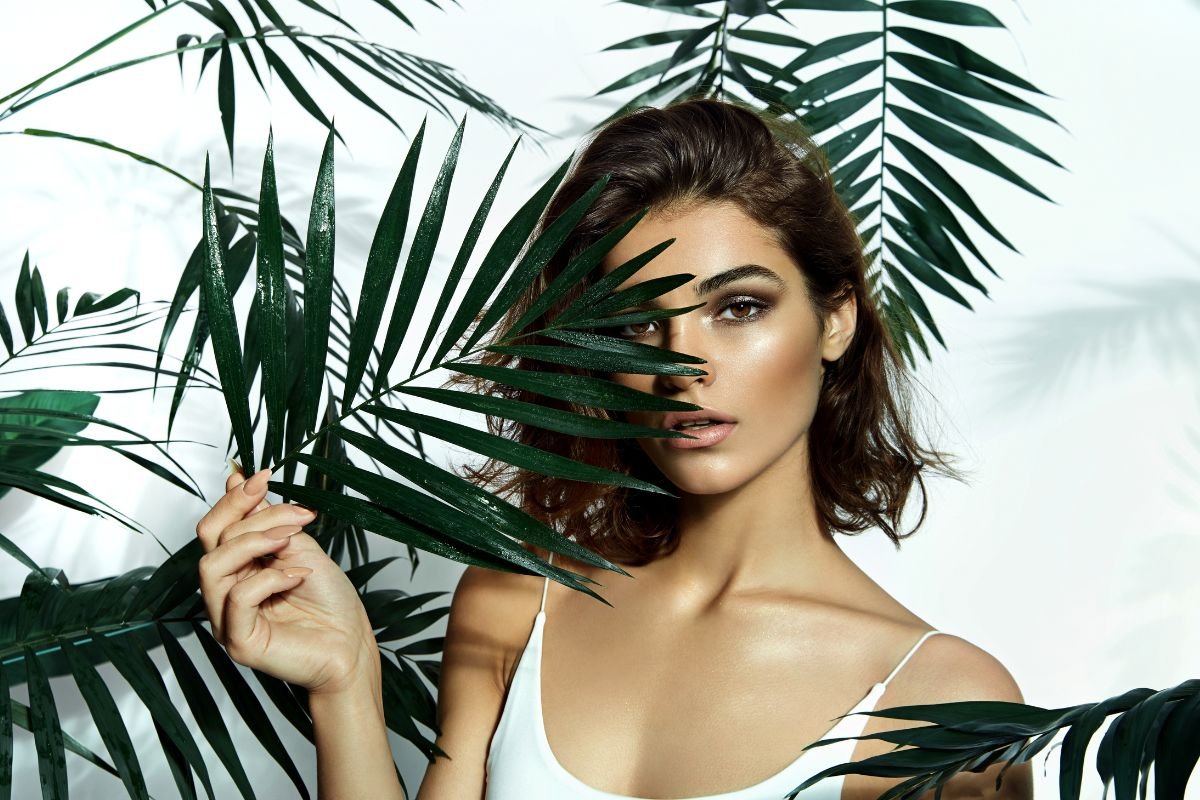
Alternative Models
Alternative models break away from conventional standards, embracing unconventional styles, body modifications, and unique aesthetics. This category includes models with tattoos, piercings, brightly colored hair, and other distinctive features. Alternative models contribute to subcultures within the fashion and modeling industry, representing individuality and pushing the boundaries of traditional beauty norms.
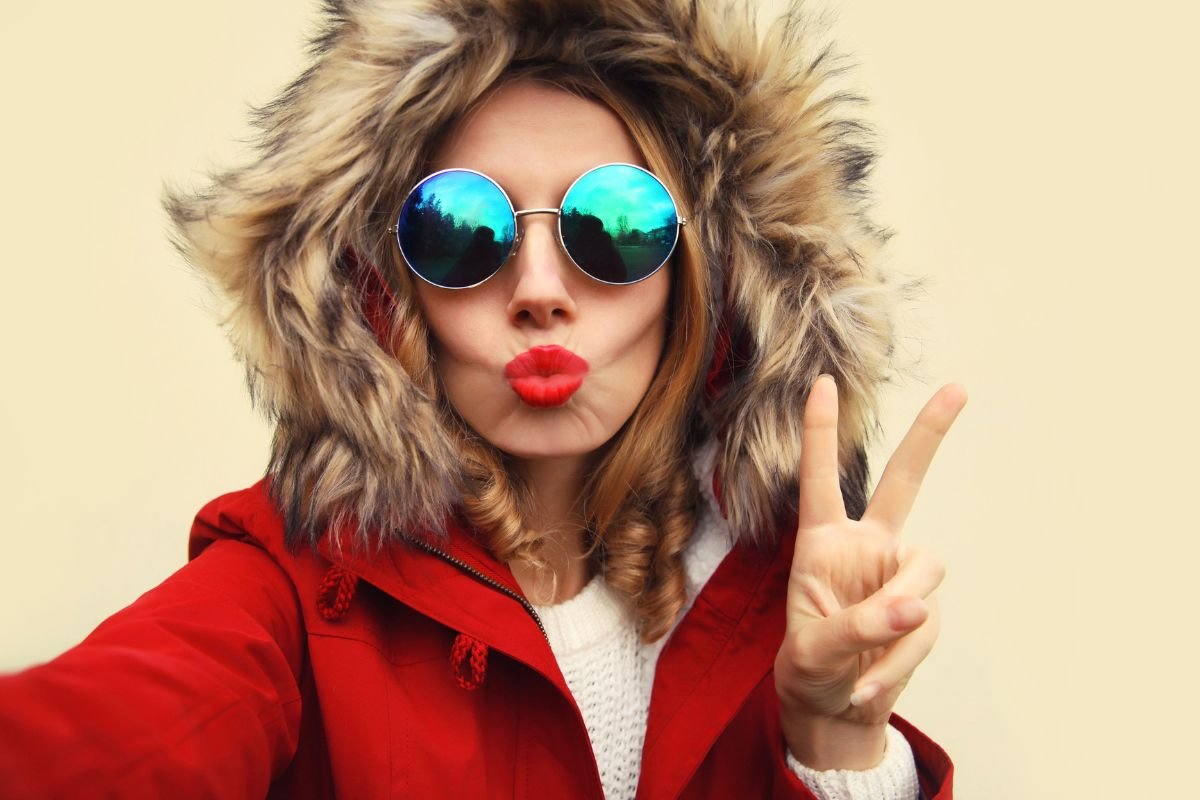
Fit Models
Fit models play a crucial role in the garment industry by serving as living mannequins for designers and brands during the production and fitting process. These models work closely with designers to ensure that garments fit well, drape correctly, and move seamlessly. Fit models need to have proportions that align with specific size requirements, and their feedback helps designers create clothing that fits various body types.
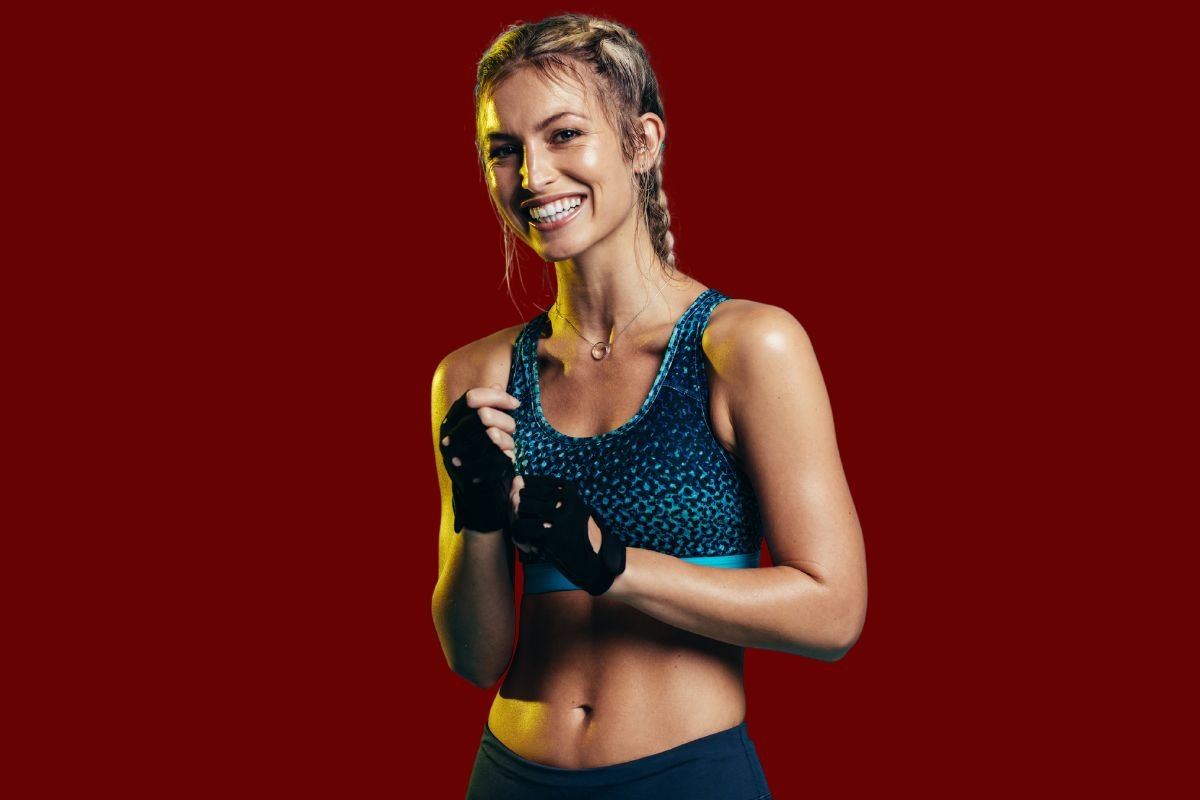
Instagram and Social Media Models
With the rise of social media, a new category of models has emerged—those who gain recognition and opportunities through platforms like Instagram. Social media models leverage their online presence to collaborate with brands, create sponsored content, and engage with a global audience. This category highlights the democratization of modeling, allowing individuals to build careers outside traditional agency structures.
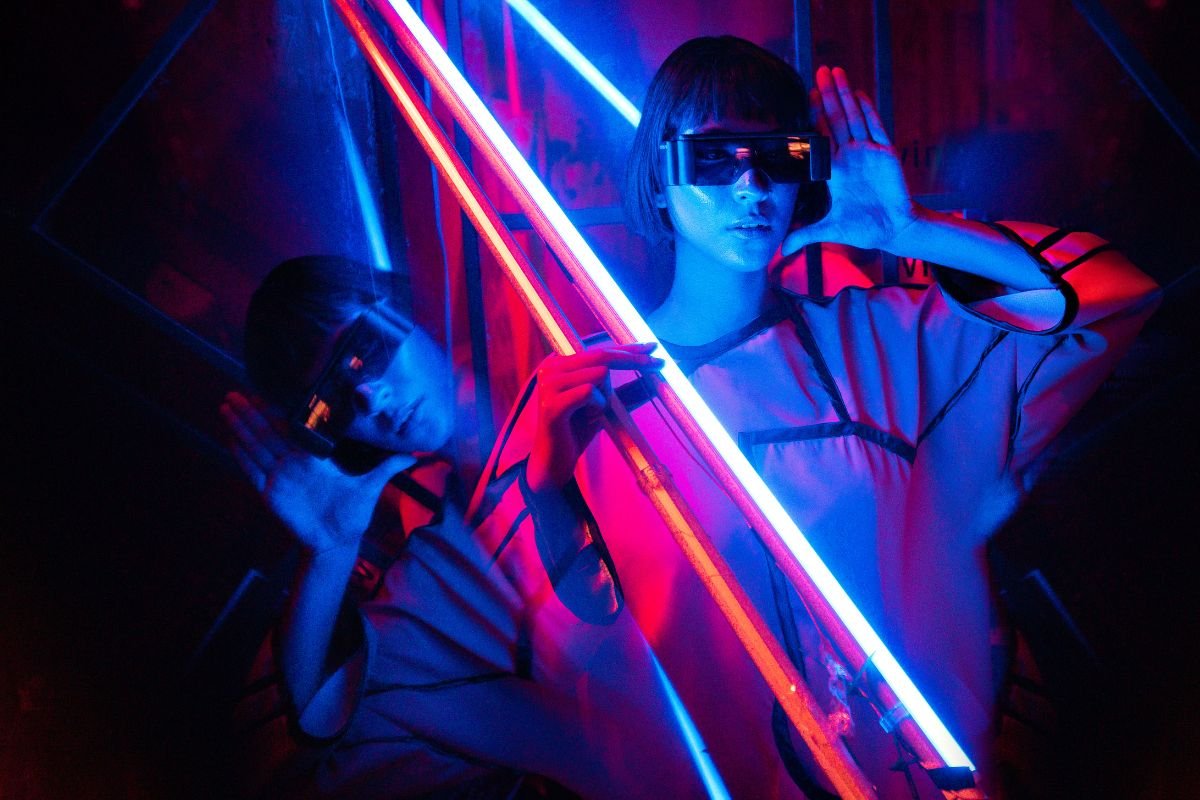
Conclusion
The world of modeling is a dynamic and inclusive space that celebrates diversity, individuality, and creativity. From the classic runway model to the rising influence of social media models, each category contributes to the rich tapestry of the modeling industry. As the industry continues to evolve, embracing inclusivity and challenging traditional standards, the diverse array of models ensures that fashion and beauty are reflective of the vast spectrum of humanity.